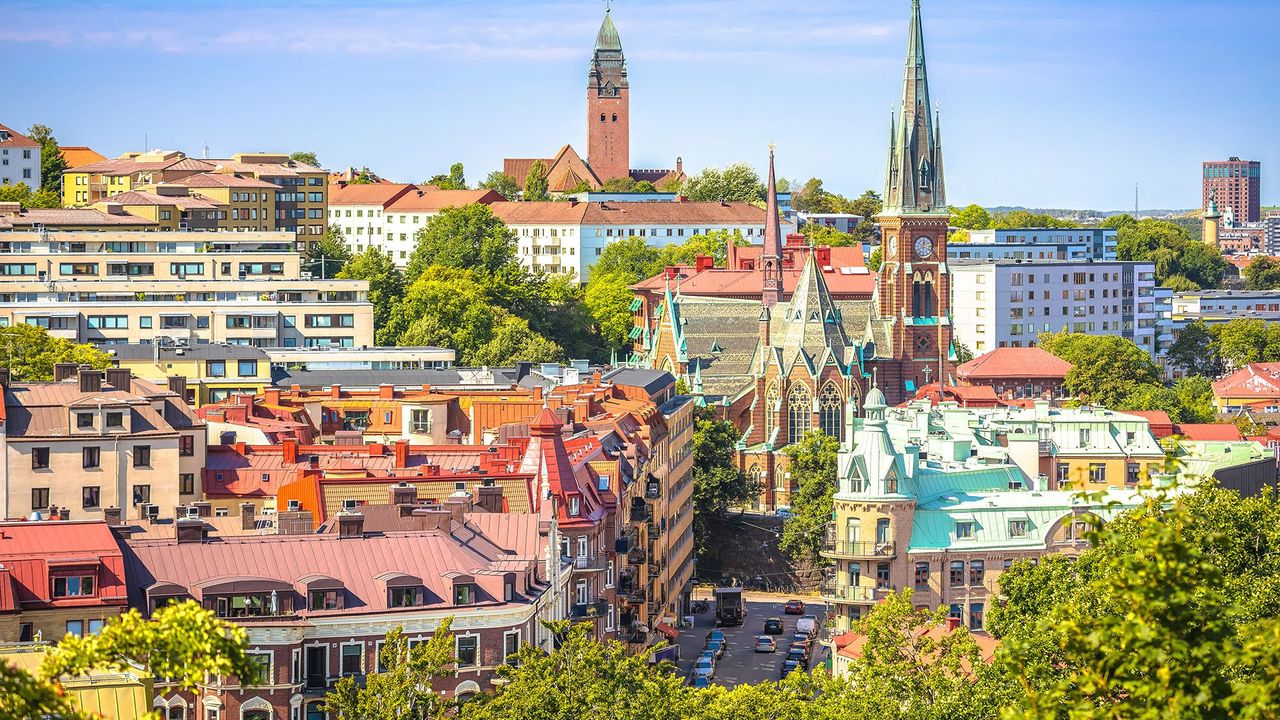The Dutch Cities, Amsterdam & Rotterdam top the Arcadis Sustainable Cities Index 2024 with the remaining top eight positions being dominated by European cities that include Copenhagen, Frankfurt, Munich, Oslo, Hamburg, Berlin Warsaw and London.
This highlights how the rest of the world has to play catch up concerning the need to achieve the UN SDGs by the year 2030. “Sustainability” is the ability of a system to maintain itself over time and Sustainable cities are important because they can help meet the needs of the current generation without compromising the ability of future generations to do the same.
A 2018 World Economic Forum study looked at 780 cities and estimated that the world’s major urban economies will grow by 2.8% a year. Cities will primarily drive the growth of the global economy.
The latest edition of the (SCI) gives a detailed glimpse of global urban sustainability with sustainability performances of cities worldwide, showcasing the importance of multi-purpose infrastructure solutions, nature-forward approaches and a must-have collaboration between the private and the public sector.
Why the Year 2030?
The Nationally Determined Contributions (NDCs) (climate action plans that countries create to reduce greenhouse gas emissions and adapt to climate change) of many countries point to the date of 2030 with a legal binding to update every year.
This extent to which the cities become sustainable becomes an added metric, a fourth pillar to the existing three pillars and that makes the cities and the year important.
John Batten, Global Cities Director at Arcadis agrees saying, “To drive sustainable progress, cities must take stock of their achievements and redouble efforts on several fronts. This includes enhancing resilience, transitioning to renewable sources of energy, ensuring equal access to basic services, and housing, sustainable transport, and promoting greenspace and biodiversity.”
Four Core Pillars
The cities here are evaluated based on four key pillars: Planet, People, Profit, and Progress. These pillars collectively assess the environmental, social, and economic sustainability of cities. The methodology involves a detailed analysis of various data points to compare the absolute performance of cities relative to their peers at a single point in time.
Planet: This pillar focuses on environmental sustainability, measuring environmental factors. Key areas of focus include city resilience (natural disaster risk), sustainable energy systems, low-emission transportation, and green infrastructure and green polices.
European cities, particularly Oslo, lead in this pillar, setting benchmarks in sustainable mobility and air quality.
People: Measures social performance and quality of life for citizens which is assessed by examining factors such as health, education, work life balance and reliability of public infrastructure.
Profit: Focuses on business environment factors & Economic sustainability through indicators like economic performance measuring the access to workforce like affordability and living standards, business infrastructure like access to internet and electricity, and employment rates.
Progress: This newly introduced pillar measures the progress cities have made over the past decade towards achieving the SDGs. It takes into account the key indicators from the other three pillars over a 10 year period.
It gives an idea where cities have advanced and where there is a need for continued efforts and investments for sustainability.
Importance of EC’s 2050 Roadmap
With a 6th ranking in Planet’s pillar, 42 in the People’s pillar, 1st in the Profit Pillar and 11th in the newly introduced Progress pillar, the Dutch capital Amsterdam scores top in the list. The top of the list is also dominated by the western European cities with Seoul, South Korea as the only Non-European city in the 11th spot.
This success can be mainly attributed to the European Commission’s 2050 Roadmap which is a long-term policy plan to help the EU transition to a low-carbon economy by 2050.
Published in 2011, the roadmap outlines a cost-effective path to reducing greenhouse gas emissions by at least 80% below 1990 levels by 2050. The roadmap also includes ancillary milestones for reaching this goal, such as a 40% reduction by 2030 and a 60% reduction by 2040.
Six Action Areas Going Forward
The report looks to six areas where cities can focus on achieving the required SDG’s. These include
Adapting to Climate Change Impacts: Cities must prioritize multi-purpose infrastructure solutions to address climate change and extreme weather events.
Transitioning to a renewable energy solution: Cities should accelerate the adoption of renewable energy sources and reduce the dependence on fossil fuels and invest in energy-efficient infrastructure.
Decarbonising Industries: Cities should encourage industries to adopt sustainable practices like recycling and waste reduction. Use of digital solutions like AI is encouraged in these efforts.
Promoting Sustainable Mobility: Promoting public transportation infrastructure and Investment in low-emission vehicles.
Addressing the affordability crisis: Equitable access to everyone that benefits all residents with comparable economic growth. Expansion of affordable housing.
Adopting Digital and Technological Innovation can help in developing robust disaster resilience plans that include sustainable building design. Adopting digitization encourages collaboration between the public and private sectors.
Cities worldwide should do more and that too their progress should be kept in check with the SDG goals they are pursuing with their progress measured for a planet positive future.










